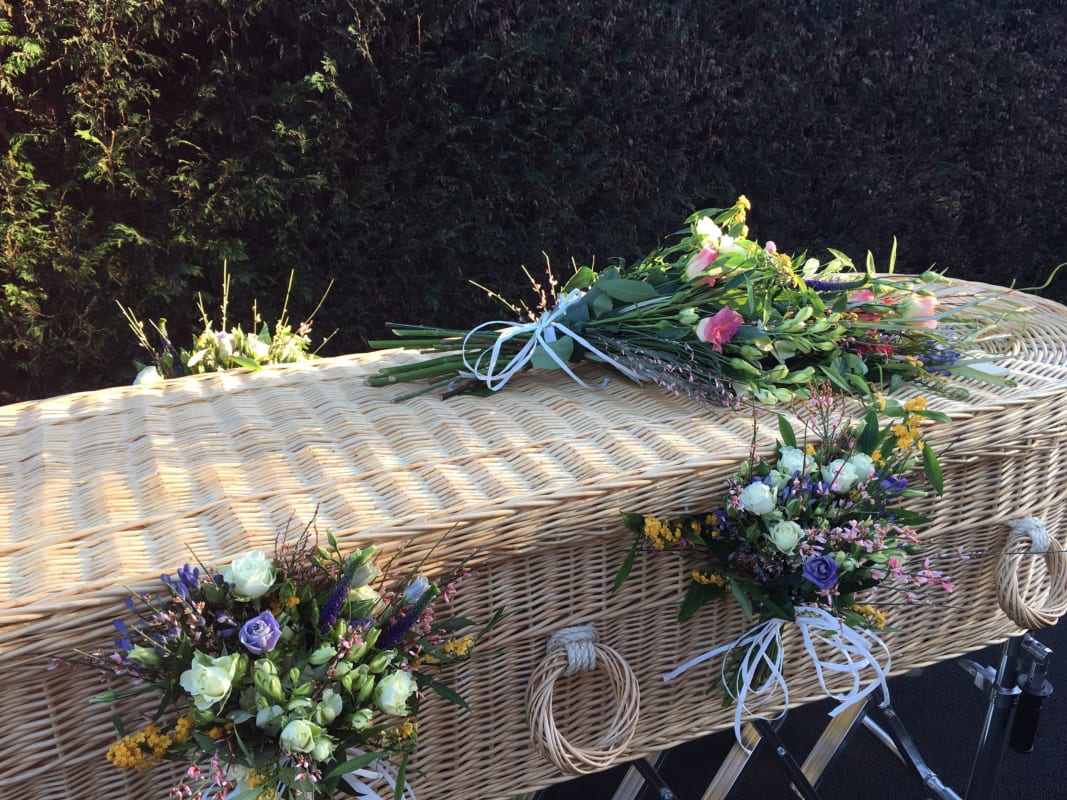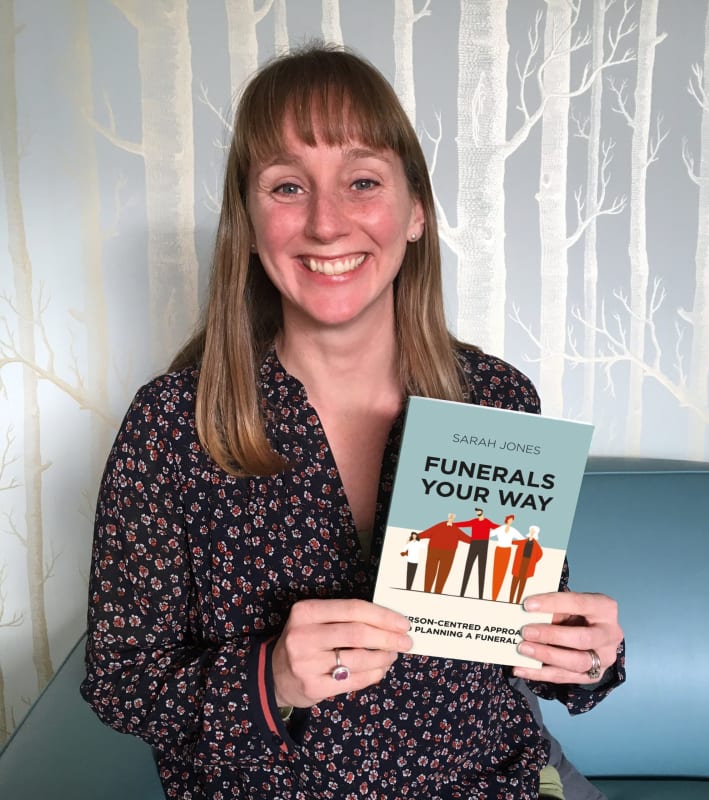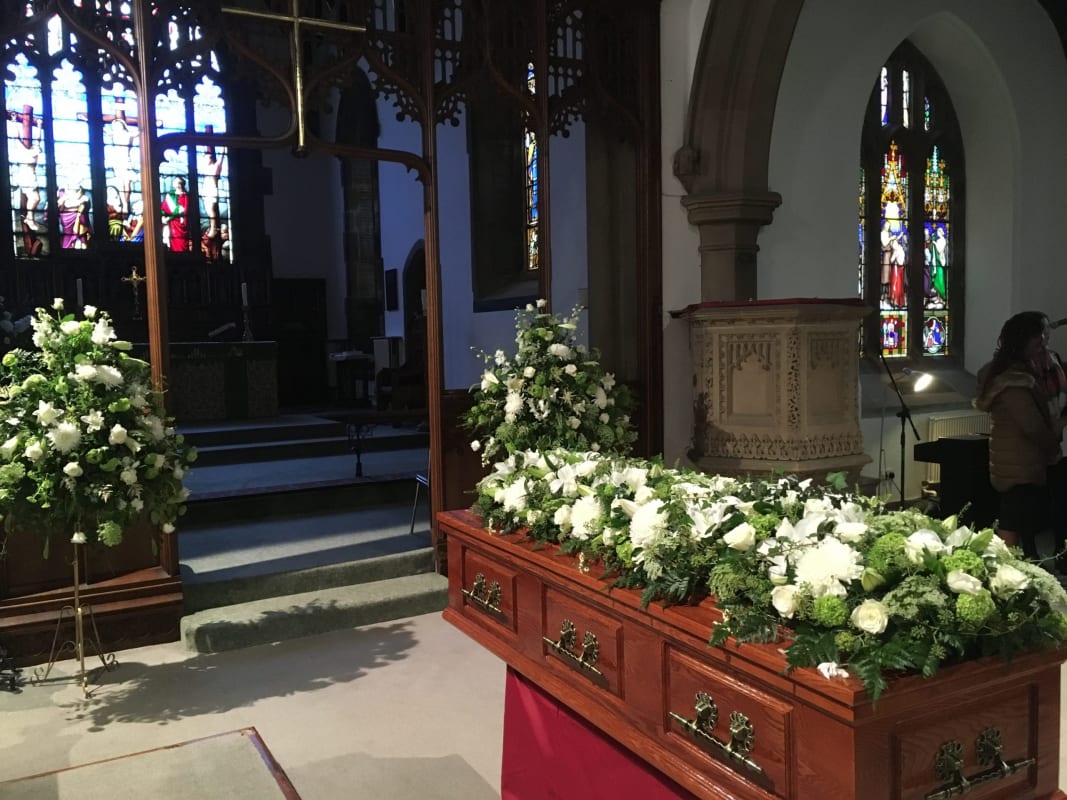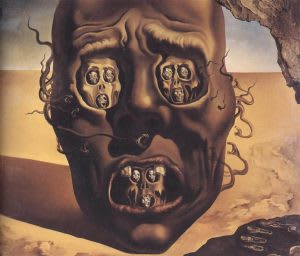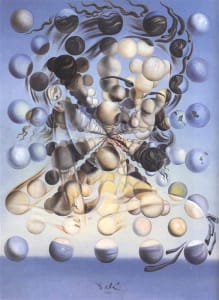
English is known for being a rich language that boasts an incredibly large vocabulary and contains countless synonyms. It’s also true that, over the years, we’ve developed a greater number of euphemisms for certain subject matters, topics or individual words. A euphemism is typically used to avoid offending or upsetting someone, or to avoid talking directly about an uncomfortable topic. A euphemism is then a milder version of the intended word, ‘downsizing’ meaning ‘cuts,’ or ‘let go’ meaning ‘fired.’
Perhaps the best example of this phenomenon is the fascinating range of words and phrases the English language employs euphemistically for death and dying. Here we take a look at a few examples and contexts in which we use death euphemisms, and also discuss why people are always searching for new and glossier ways to talk about death.

In Formal Language
There are an incredible number of euphemisms for death that are used in formal situations, like at a funeral, in obituaries, polite conversation and among strangers. These can include passed away, deceased, departed, sleeping, slipped away, resting in peace, at rest, lost one’s life and taken one’s last breath. These turns of phrase allow us to avoid confronting the act of dying directly and are usually employed when we’re talking to someone who may have been affected by the death, or to a stranger.
In Colloquial Language
When it comes to informal language and slang in particular, there’s a huge variety of terms to choose from. Whether they’re used to soften the impact of a death, such as being six feet under, pegging out, meeting one’s maker, going to a better place and giving up the ghost, or to take a more direct approach, such as being curtains, taking a dirt nap or kicking the bucket, slang is responsible for a great number of euphemistic synonyms.
In Journalistic Language
As journalists are forced to write about death and dying on a regular basis, they’ve developed a number of euphemisms to help them talk about the issue. Some, like KIA (Killed In Action), are acronyms and technical terms employed by important organisations. Others are simply more formal or literary ways of conveying the information that someone has died. For instance, journalists may talk about a bereavement, an untimely demise, a personal loss or, simply, an end.
In Black Humour
Just as some people want to avoid tackling the issue of death and prefer to use euphemisms to skirt around the subject, others prefer to employ euphemisms in a humorous way and often use black humour to refer to death in a direct manner. Good examples of this type of euphemism might include being food for worms, pushing up daisies, popping one’s clogs or coming to a sticky end.
Different ways of dying
Finally, there are a variety of synonyms for death that are only used in certain contexts, situations or types of deaths. For instance, if someone is murdered, they may be sleeping with the fishes or wearing concrete shoes. If the person drowned, they may have gone to a watery grave. Similarly, if someone commits suicide they could have topped themselves, taken their own life or ended it all.
Why so many?
Although there’s no single answer to the question of why we have so many words and phrases for death and the process of dying, a number of factors may have contributed to their development. Perhaps most simply, the verb to die is useful but completely without nuance – it doesn’t provide us with any information apart from the fact that someone is no longer living.
Many of the euphemisms listed above provide us with a little more detail about what may have occurred or the relationship between the speaker and the deceased. It’s also worth noting that culturally we still have issues with talking about death openly and honestly – a fact that may go a long way to explaining why we’ve created so many new terms for the process. Finally, the idea that death makes us uncomfortable personally, and that we don’t like to talk about it for selfish reasons, could be a powerful factor driving our desire to speak e

